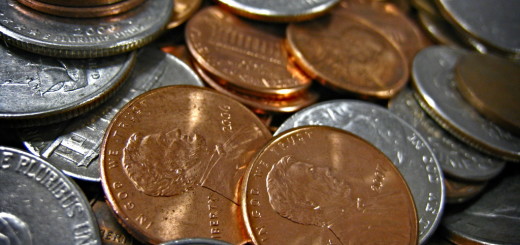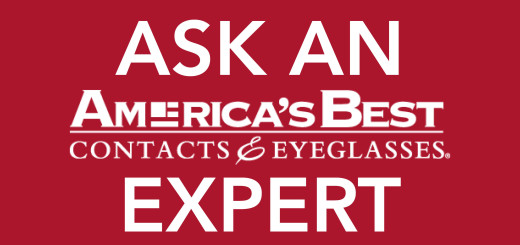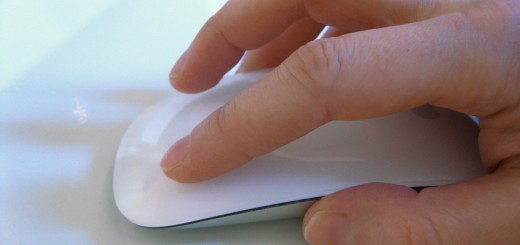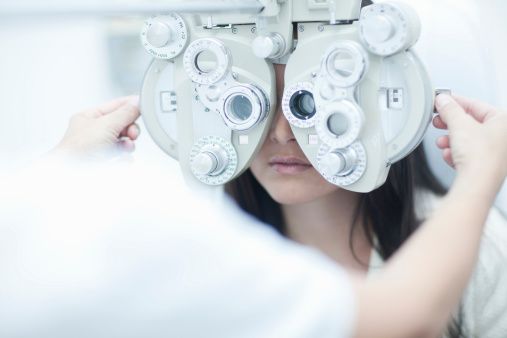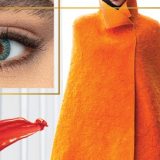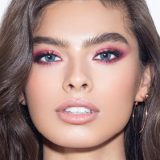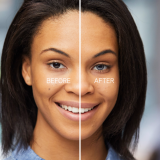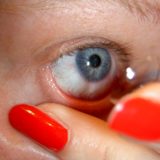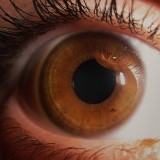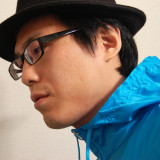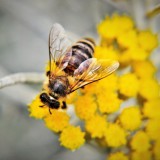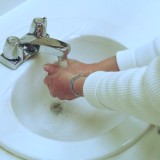Hope for Slowing Myopia!
Myopia is a huge concern for many Americans, but especially for children.
Myopia – which is more commonly referred to as nearsightedness – is a challenge for those diagnosed with it at a young age because it increases in severity overtime. In other words, a child who starts out with a mild case at age seven or eight, could end up severely nearsighted and wearing a very strong prescription (and very thick glasses) by the time they are mid-way through their teens.
In addition to cosmetic or practical challenges that are presented for young people with severe vision problems, there are other risks associated with high myopia such as cataracts, detached retina, and other eye problems.
Progression of Myopia
In recent years, optometrists and researchers around the globe have been searching for ways to slow down myopia’s progression. Several studies have tried different methods like wearing special contact lenses overnight (ortho-k lenses) or using special atropine eye drops. All have seen varying levels of success, but none of these solutions have been widely adopted as the answer to slowing nearsightendess down.
Additionally, past studies have never been able to show a verifiable decrease in the progression of myopia after the first year of treatment. For example, after one year of treatment with special drops or lenses, it looked like the myopia’s rate of progression was slowing. But, by the second year of treatment the impact was minimal to non-existent.
And, this one showed some great long-term potential.
A New Study
According to the September 19 issue of Optometry and Vision Science, a new study reveals that putting children in multifocal contact lenses may provide some hope for slowing myopia in children between the ages of 8 and 11.
The twist is that this was a 2-year study and offers some additional hope and encouragement for researchers who had previously conducted a similar study over the course of just 1-year. Compared to the 1-year study, researchers found that over a 2-year time period, having children wear soft, multi-focal contact lenses made a decent impact in slowing down myopia.
They matched the new study with the previously conducted study to make sure that participants were the same age and the same gender, and the results were encouraging. The soft multifocal contact lens wearers had a 50% reduction in the progression of myopia.
The need remains for a much larger and broader study to be conducted using these same methods. But, for now, researchers are encouraged that there may be hope in sight for myopic children.
If your child is nearsighted, you may want to ask your optometrist at your closest America’s Best retailer if wearing this type of lens is a viable option.

